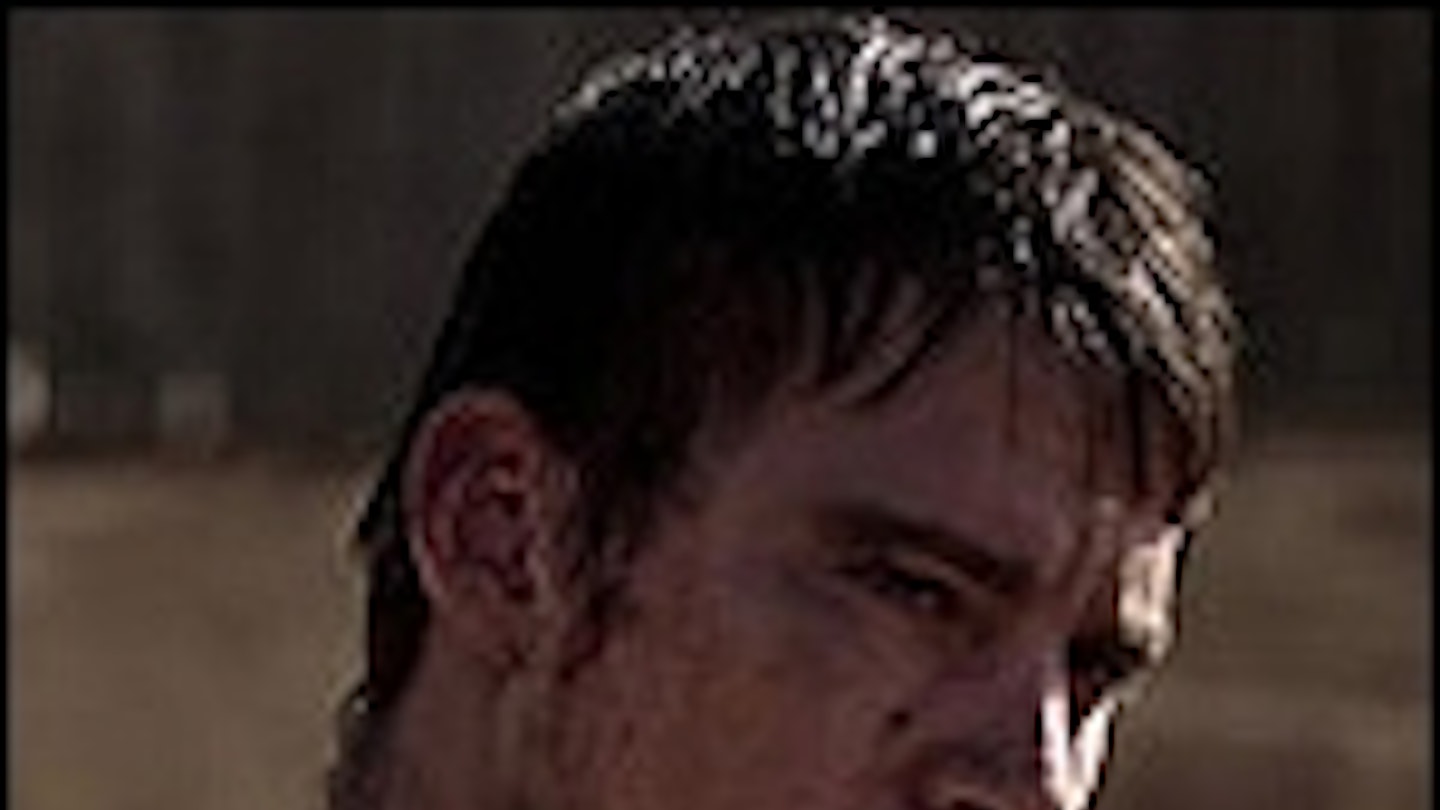Rosemary Sutcliff’s The Eagle Of The Ninth is a classic of British young adult fiction: a well-told story of derring-do and friendship in a Roman milieu. This film adaptation, with its abbreviated title and American stars, suffers slightly from the advances in historical research since Sutcliff’s time — we now know that the Ninth didn’t vanish in Scotland at all — but its biggest problems are in a muddled execution that detracts from the well-directed action.
There’s a promising start as newly minted Centurion Marcus Aquila (Channing Tatum) arrives at his Roman garrison in a barely civilised Britain and sets out to get his troops in line. Tatum — who’s had plenty of practice in films like Stop-Loss and Dear John — makes a convincing soldier, even if his accent never quite settles and seems to infect those around him, and the opening military scenes are exhilarating, displaying Roman tactics in action in a way that shows just how they conquered half the known world.
Things stumble just when they should take off, however, as Marcus is invalided out of the Army and heads into the north with Jamie Bell’s Esca, a slave he rescued from the gladiatorial arena, in search of the lost Eagle, standard of the Ninth Legion. We are treated to a few scenes of the pair bonding, but the film never communicates their unlikely friendship, the fulcrum of the book. As a result, Esca’s actions never ring true, and the plot fractures while a strange sort of sympathetic fallacy takes over the cinematography.
Kevin Macdonald’s clearly keen to emphasise the difference between the golden Roman provinces, basking in sun and drifting along reed-lined rivers, and their barren, stony northern neighbours, but builds the contrast to a degree that will jar with anyone who’s ever experienced the questionable summers of southern England. And while the Scottish tribes in Roman times were no doubt savage, these painted Picts seem more Na’vi than northern. They boast bone necklaces and war paint that might illustrate their strangeness but which seem entirely out of keeping with the period tropes indulged elsewhere. After all, if you’re going to reinforce myths like the disappearance of the Ninth or the use of ‘thumbs down’ gestures in the arena, why push so far towards novelty in this one area? A cleverly constructed final battle, small in scale but big in impact, can’t compensate for a middle section that never finds its feet.



